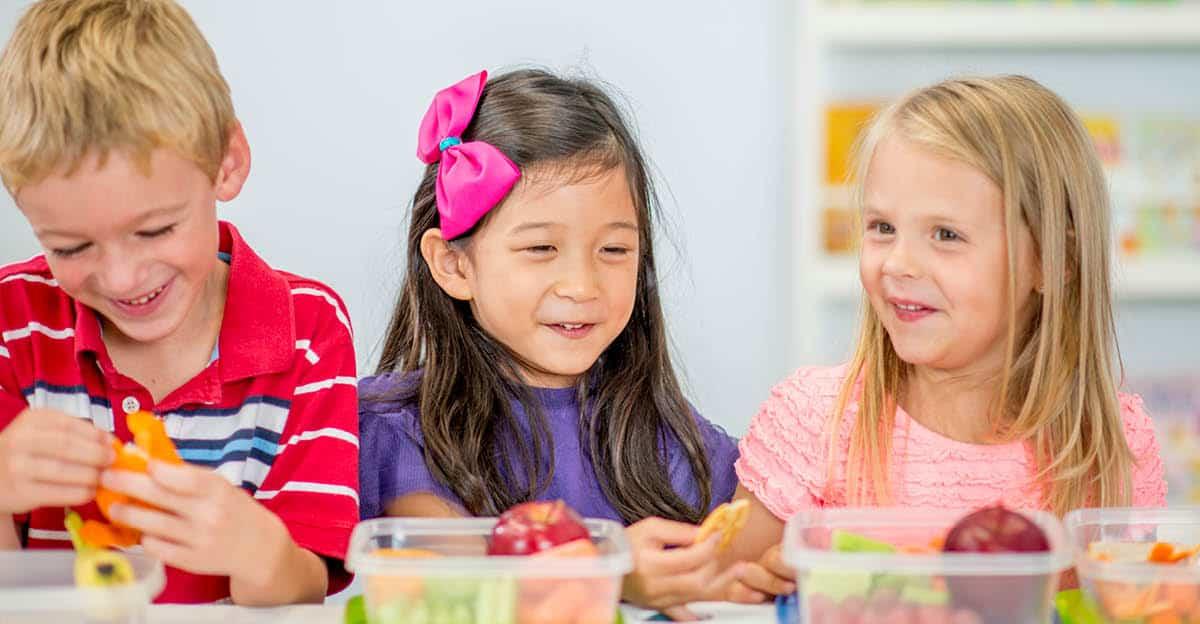Working with students to develop an understanding of making healthy food choices is an important part of helping them to maintain physical health. Teaching students to recognize appropriate serving sizes is a key part of creating healthy diet habits. Utilize MyPlate and real paper plates to help kids hear, see, and practice the concept of recognizing and measuring healthy serving sizes.
Smart Servings: Healthy Eating Educational Activity
(Grades 3-5)
Outcomes: This lesson meets HECAT Standards 1.3, 1.5. 1.11, 7.6, 7.7
Materials: paper plates, 1 1/2 decks of cards, 5 tennis balls, food labels
Activity Instructions:
- Point out that serving sizes are identified in both weight and volume measures.
- Look at recommended MyPlate food group servings and distinguish weight and volume measures. As possible, use cup measures and a weight scale as visuals.
- Use every day items to compare 5 ounces of Protein to 5 cups of Fruits and Vegetables. The numbers are the same, but 5 ounces of Protein is the same volume as about 1 1/2 decks of cards vs. 5 cups of Fruits and Vegetables, which is comparable in size to 5 tennis balls.
- Look at miscellaneous food labels and determine if serving size is given as a weight or volume measure, or a “per each.”
Move and Learn:
Pre-prep: Count enough paper plates so there is 1 per student. Label the plates on one side with one of the 5 major MyPlate food groups and on the other side the average number of daily servings for a 9-13 y.o.: 6 Grains, 2 1/2 cups Vegetables, 1 1/2 cups Fruits, 3 Dairy, 5 ounces Protein.
- Pass out paper plates, 1 per student.
- Have kids take a plate, toss it “Frisbee-style”; then randomly pick up another plate and toss. Continue until asked to stop.
- Upon stopping, ask kids to pick up any plate, and pair off with another student.
- Have each student look at the food group side of their plate and quiz the other person for the number of daily servings in that group.
- Repeat the tossing activity.
- To conclude, ask kids to place their plates, according to major food groups, in an imaginary MyPlate shape. With the food group sides up, ask kids if they can recall the number of recommended servings.
Summary:
Eat in moderation by choosing Smart Servings for a healthy plate (all 5 major MyPlate groups) and less of foods high in fat and added sugar. Choosing foods with plenty of fiber, like fruits and veggies can help us keep from overeating.
More Healthy Student Activities
Learning more about making healthy choices in food and serving sizes is important for students of all ages. Starting health education early makes it easier for students to make good decisions throughout their lives. Read more ideas, activities, and inspiration for getting students on the Healthy Students category page.






Leave a Reply